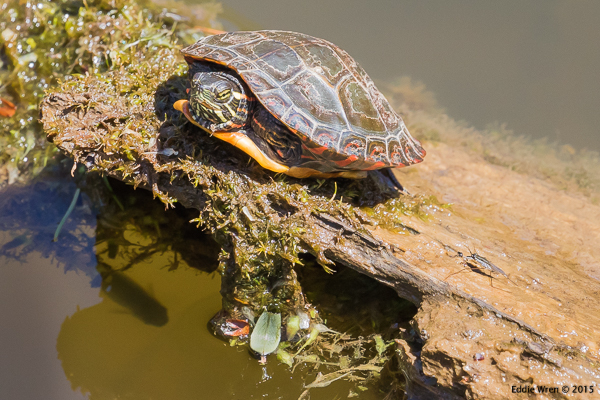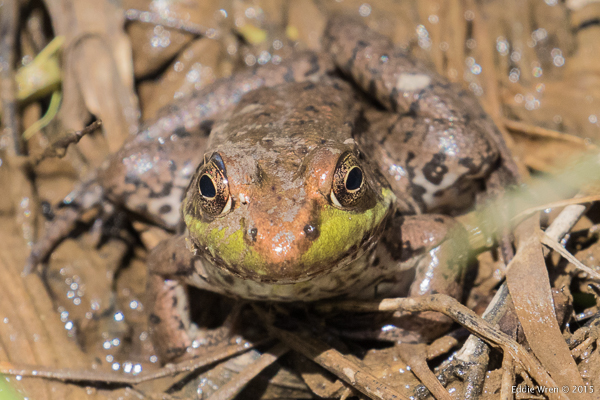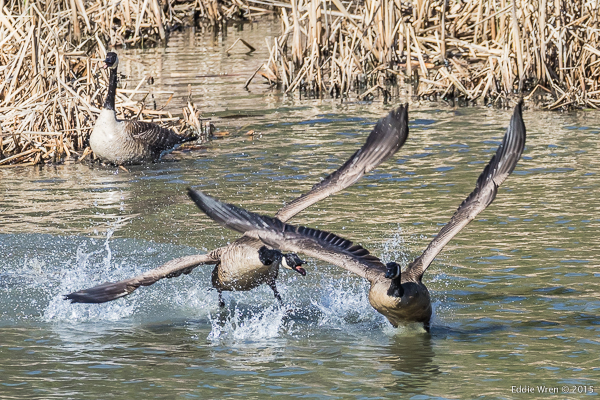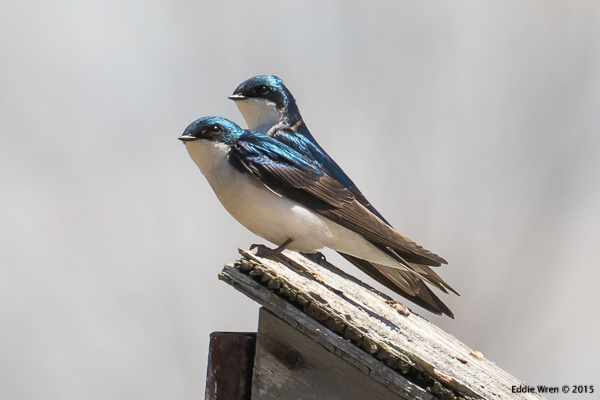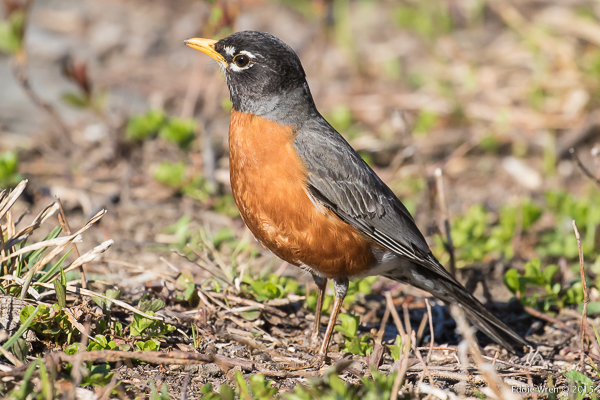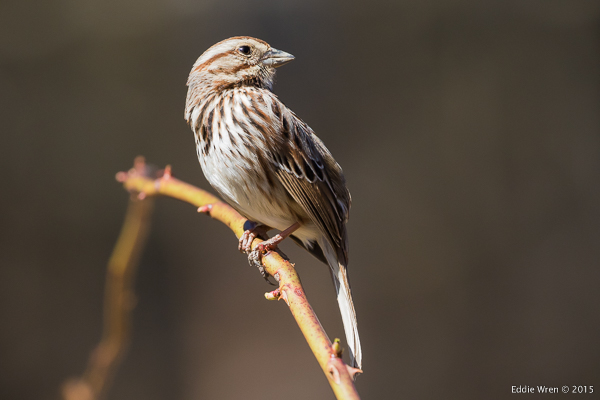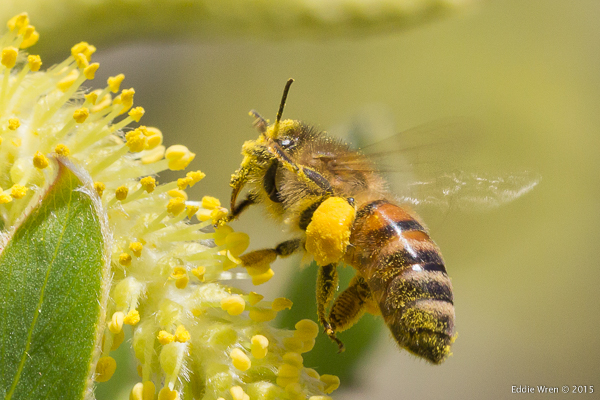[Go to Page 2]
We had never been to the famous Kaaterskill waterfalls before, but at least we knew three key things about them:
- The upper part of the Falls is high – 264 feet is the stated drop, and that’s roughly the same height as a 27-storey building;
- The walk up to the Falls, from Route 23A west of Palenville, was said to be a steep and rather difficult walk;
- Over the years, quite a few people have been killed by climbing to the very top of the falls then slipping and falling off.

The upper section of Bastion Falls, just yards above Route 23A
The actual path leaves the road just below a second, much smaller pair of waterfalls called Bastion Falls, and these are photogenic in their own right.

The sections of steps, on the steepest bits of the path, had been washed out by rain or melt-water and were a bit of a nuisance.
Sure enough, parts of the path did prove to be a bit steep, with rough bits that require small-scale ‘boulder hopping’, or stepping over tree roots. Indeed, two sections had man-made sections of staircase but so soon after the end of winter these were in poor condition and need some repair work to stop them from being more of a hindrance than a help.
One of the nice advantages of being laden down with cameras, lenses and a very large tripod, in circumstances like this, is that it is easy to pretend one is pausing to check-out the view and perhaps line up a photograph. But not me… I wasn’t just taking a breather; honest! {:-)
From what we saw during our hike to the main Falls, I’m going to guess that early spring or late fall will be equally great times of year to visit Kaaterskill: Not too much foliage on the trees, together with nice colours. Certainly our spring-day walk was beautiful in this respect – the bright greens of tree buds opening and glorious sunshine that wasn’t too hot for comfort.

The two-tier Kaaterskill Falls, in the Catskill Mountains of New York State
Before our hike, I had recently bought the book ‘Hiking Waterfalls In New York’, by Randi and Nic Minetor, and it warns that a lot of people visit Kaaterskill even on weekdays. We were there on a Saturday so it could be no surprise that there were indeed quite a lot of people coming and going at the Falls.
I got one of my cameras set up on my tripod at the viewpoint I wanted to use but rather understandably I then had to wait more than an hour and a half before I could get some shots without any people in view. The wait was no problem: The sun was just nicely warm and the mosquitos are all apparently still on vacation, snowbirding down in Florida; there certainly weren’t any there to spoil our day, even though they’ll undoubtedly hatch out from last year’s eggs and re-emerge, to bzzzz and be nasty again before too long.
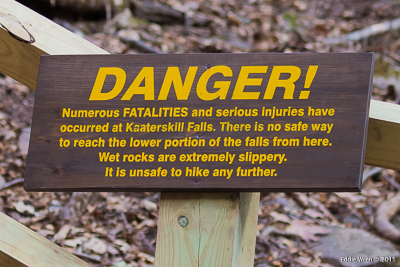
So did anything spoil the day? Yes, sadly it did. I had no idea that so many people had difficulty with reading! The number who ignored the warning signs and climbed up to the top of the falls – despite fair warnings about the number that have been killed doing so – was saddening.
While we were there, one young woman even played hula-hoops near the lip of the falls, with a hoop she had apparently carried all the way up there for that very purpose… Astonishing.
If individuals feel an absolute need to put Darwin’s “survival” theory to the test, perhaps they could at least choose to do so in places where other people won’t have to risk life and limb to recover what’s left. (Incidentally, back home in the Lake District National Park, in England, I was a member of two different mountain rescue teams in my younger years, so this is a subject that is dear to my heart.)
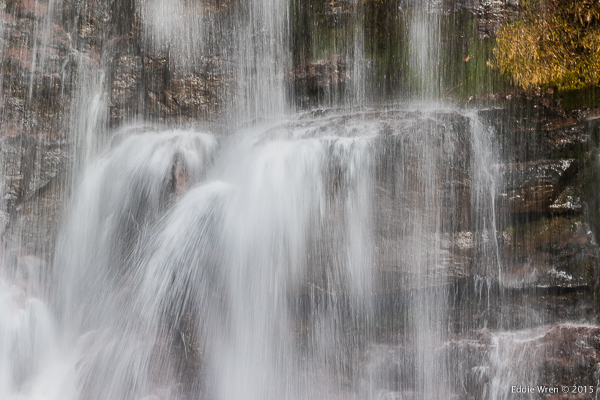
A very long lens was used to capture the light and movement in this shot of a tiny section of the upper falls (from the same viewpoint as the distant shot of the Falls, above)
Right! Now back to the good things about Kaaterskill Falls, and the main one of these is that it is a very beautiful location. No wonder that members of the famed Hudson River School of artists made the place famous in the 19th Century. Thomas Cole allegedly led the way, 190 years ago, in 1825.
Anyway, here’s a tip: After you have visited the Falls, don’t be in too much of a rush to get back down the hill to your car. Take time to enjoy the real beauty and wildlife of the little gorge that the creek tumbles through, because it is indeed beautiful. To read about this aspect of the walk, click on Page Two.

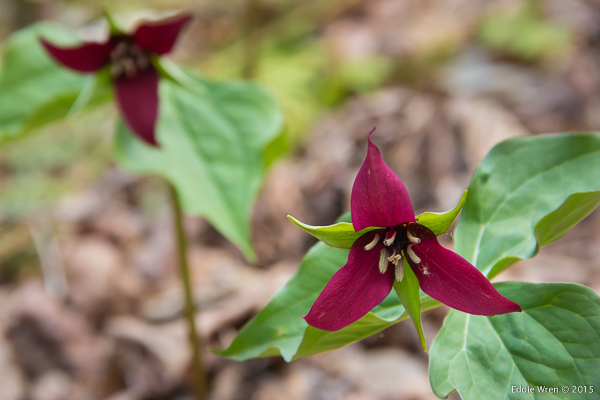


 What is this life if, full of care,
What is this life if, full of care,







